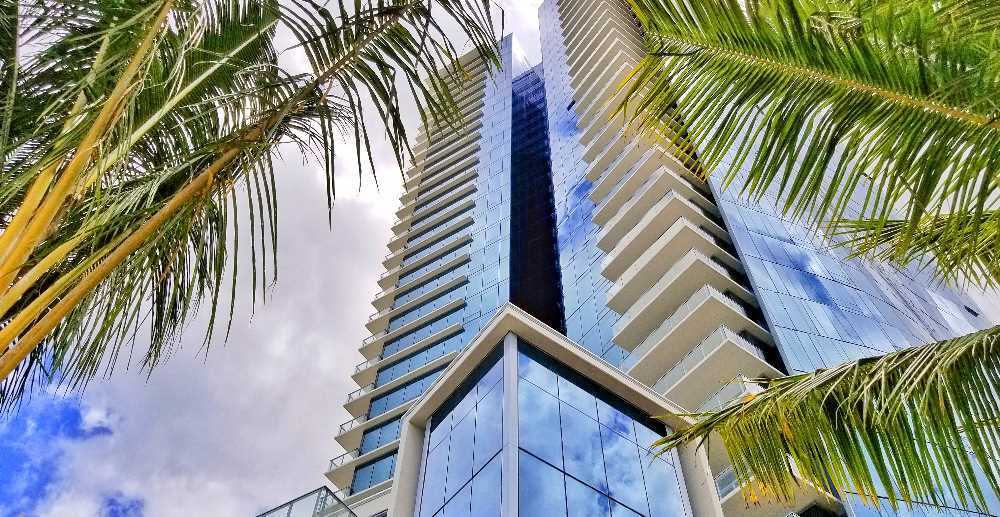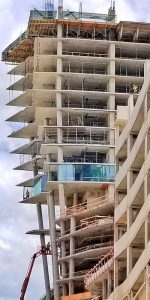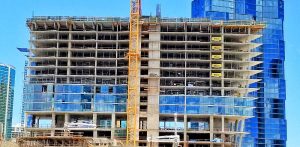7 Residential Real Estate Investment Strategies –
Here are 7 real estate investment strategies to help build your real estate portfolio. These strategies could work anywhere in your local US real estate market. I personally have applied these strategies repeatedly with great success over the years (except strategy #2). Careful execution could yield amazing results.[youtube_video] gg6Vk8sN5Ps [/youtube_video]
Strategy #1: Buy a fixer home as an owner occupant, move in and use sweat equity to improve the home value
Two key benefits:
a.) As an owner occupant (vs as an investor) you get access to the lowest interest rate loans available. Make sure the needed repairs are merely cosmetic and don’t comprise your ability to get financing.
b.) Using sweat equity gives you the biggest bang for your buck. You have maximum control over how you make the most cost-effective improvements and maximize your future rental cash flow and or sales price.
Every opportunity comes with responsibilities and sacrifices:
You will need to put up with substandard living conditions when occupying your own construction zone. This could be a real test for you and your spouse. Consider remodeling your home in phases and live in the section that is currently not under construction.
Value adding with cost effective improvements is also called ‘Force Equity’. After the remodel is completed, determine the following:
a.) Could the newly renovated property rent for sufficiently more money than your current monthly property expenses (net cash flow)?
b.) Do you have sufficient cash down payment for your next home purchase as an owner occupant?
If both answers are ‘yes’, get pre-approved with your favorite mortgage lender for your next purchase.
Learn from it, fine tune the process and repeat.
Strategy #2: Buy your home as an owner occupant and find roommate tenants to cover your mortgage
Living with roommates might cramp your style and is not for everyone. But consider rent paying roommates as a smart way to: a.) build equity, plus b.) save for your next cash down payment to do it all over again.
Btw, your lender will not be able to use potential rental income for your loan qualification calculations, unless your home has a legal 2nd kitchen. Even with a legal 2nd kitchen your lender will require an actual executed rental agreement to verify rental income.
Strategy #3: Buy your next home again as an owner occupant and turn your current home into a rental property
Your lender might require you to justify your next loan application again as an owner occupant. You might say your current home ‘is not big enough’, ‘is not close enough to work’, or some other reason. You may apply subsequently again and again for as many owner occupant loans as you are truthfully intending to occupy for at least the first year or so, regardless if you eventually will turn them into rentals.
If you are willing and able to move often you could end up with many rentals that have the original favorable owner occupant financing in place.

Saving up another cash down payment for the next purchase can be a steep hurdle, especially in high property value markets such as Honolulu.
If you are short with cash for your next purchase but have improved your home as discussed above, you may be able to: a.) ‘refinance your existing mortgage with a Cash-Out’, or b.) take out a ‘Home Equity Line Of Credit (HELOC)’. Both options require enough equity built up in your principal home and you must have a sufficiently strong ‘income to debt ratio’.
– Be careful, overleveraging comes with significant risk! You will need to be able to pay it all back. Especially a HELOC often has an initial temporary low teaser rate adjusting soon to a higher rate! You need to grow your portfolio in a gradual way with enough cash flow and reserves, able and prepared for possible vacancies and repairs.
If finding the next cash down payment, and or the income to debt ratio is insufficient, consider this strategy:
Strategy #4: Sell your principal residence after 2 years living in it, and trade up
Tremendous Real Estate Tax Benefits are available when owning real estate. Regardless if you turned your principal home into a rental or not, you may sell your home without paying capital gains tax up to $250K gains for single tax filer, and up to $500K gains for married couple joint filer. (IRC sec #121, Taxpayer Relieve Act 1997).
You must have occupied your home for 2 years during the last 5 years. It does not matter if you turned your home into a rental after you occupying for 2 years. You may claim this capital gains tax exemption every time you sell your principal home, but limited to once every two years.

Strategy #5: Buy the ‘early bird special’ in the next new condo project

New Honolulu condo projects, e.g. the upcoming Aalii project take 2+ years to build. Developers will need to have 50% binding reservation agreements to secure their construction loan. That means developers are most motivated to sell the 1st half of the building to be able to start construction.
Secure a brand new condo and lock in today’s price during the early offering before construction starts.
By the time the condo is completed a couple years later the market may have moved upwards, if the current real estate market outlook is correct. You might have built-in equity by the time you get your keys for your brand spanking new home.
Strategy #6: Trade up your under-performing rentals into better cash flowing rentals
Buy the early bird special in a brand new condo project (strategy #5) as your new future rental, and use a 1031 tax deferred exchange to divest yourself of your old underperforming rentals.
If done correctly, this is how you benefit:
a.) You are securing your next new rental property at early bird special pricing.
b.) You are trading up the quality of your real estate portfolio, reducing property maintenance with new construction.
c.) You are increasing the cash flow, and the appreciation potential.
d.) You are increasing the size of your portfolio, gain additional tax deductions, e.g. depreciation and interest deductions when you leverage with new financing into more real estate.
e.) You are selling your old tired rentals and defer capital gains taxes.

Making the short <180-day 1031 exchange time frame work with the 2-year long construction time frame requires a few extra steps:
• Add a 1031 exchange addendum to the new condo developer’s contract.
• Use personal funds as temporary escrow deposit when signing the new condo developer’s contract.
• Within 180 days of the completion of the new condo you sell your existing rental, and you file an amendment to the new condo developer’s contract authorizing escrow to return your original personal funds in exchange for the proceeds from your sold 1031 exchange property.
Strategy #7: Sell your rentals and buy your future dream home
This final strategy helps simplify life in divesting yourself from your rentals with tax deferral, if that is what you desire.
My general rule of thumb for selling real estate is:
‘Never sell’, unless:
1.) The property is not performing well.
2.) I absolutely need the money, ..this might be for an incredibly lucrative new opportunity.
3.) There is a significant adverse shift in the market place.
At the time you meet your maker, your heirs will inherit your properties at the step-up basis eliminating capital gains taxes.
However, you may also eliminate capital gains taxes by selling your rentals by way of a 1031 exchange and buy yourself a fabulous dream property that you temporarily rent out for at least a year to satisfy the 1031 exchange ‘investment property’ requirement. After the tenant moves out a year later, you turn the property into your new dream home principal residence.
Then you sell your existing principal residence tax deferred up to the $250K / $500K limits under IRC sec #121.
Spend the proceeds as you see fit. Life is great, you planned it well.

Also check our other post: Wealth Creation with Real Estate.
-Every opportunity comes with certain risks attached, but whoever acts on the opportunity tends to reap great rewards. Always check with your favorite qualified tax professional and financial planner if these strategies are a good fit for you.
Let us know your thoughts. We love to hear from you. Reciprocate Aloha: ‘Share’, ‘Like’ and ‘Comment’ below.
~ Mahalo & Aloha

Great info. Never had such genuine business guidance as this. Thank you for your kind heart. I will contact you when I’m ready.
Aloha Billy Duong!
Thank you for your kind words.
We are here to help.
All the Best.
~Mahalo & Aloha
Hey George thank you for sharing this critical information. I will would like to follow you my email address is makanir@nlrsd.org. Hoping to relocate soon jobwise and seeking for advice.
Aloha Roselyne Makani!
Nice to hear from you. I will contact you via email.
We are here to help.
~Mahalo & Aloha